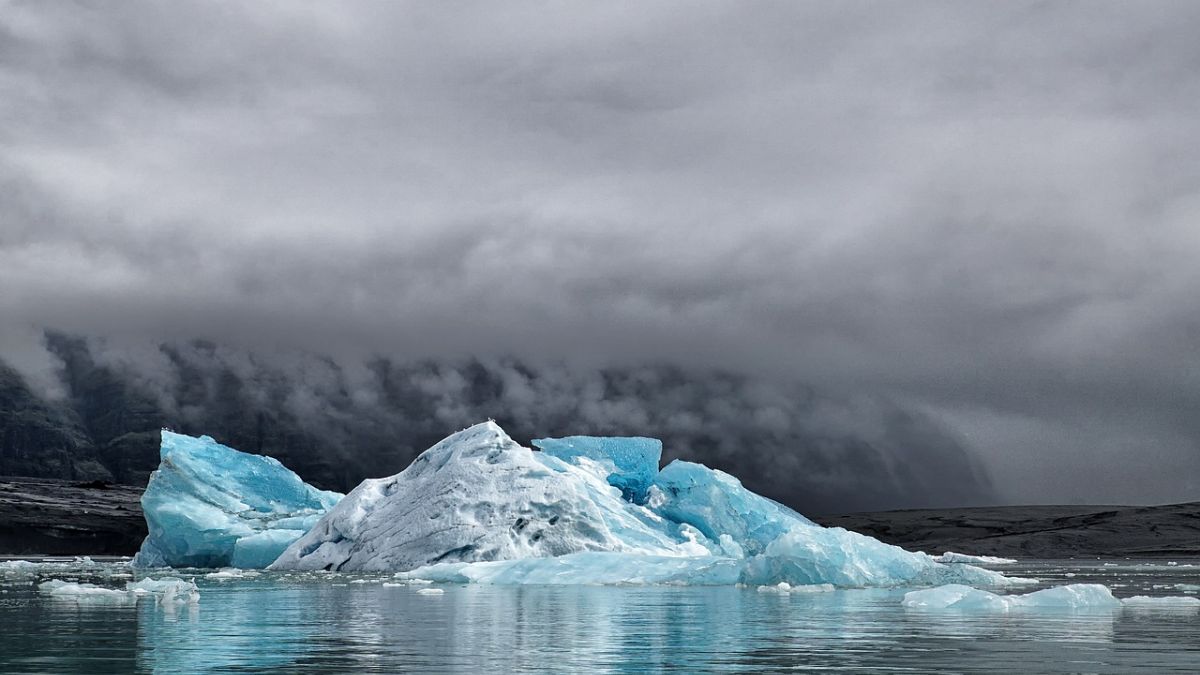Strange signal from Greenland landslide reveals effects of climate change

In September 2023, scientists monitoring seismic activity around the world detected an unusual signal. Distinct from the typical rumble of an earthquake, the signal resonated as a continuous hum, with a unique frequency. For nine consecutive days, the hum echoed around the world, from the Arctic to Antarctica, baffling researchers. Initially classified as a “USO” — an unidentified seismic object — the source of the signal was eventually identified. A colossal landslide in Greenland’s Dickson Fjord was responsible for the mysterious hum. The event sent a massive amount of rock and ice, enough to fill about 10,000 Olympic swimming pools, crashing into the fjord, triggering a mega-tsunami, with waves reaching up to 200 meters (656 feet) high, twice as tall as London’s iconic Big Ben.
The source of the landslide
The landslide was directly linked to the ongoing effects of climate change. The thinning of a nearby glacier had threatened the stability of the fjord. The glacier had lost tens of meters of thickness over decades, leading to a weakened structure. When the mountain finally collapsed, the enormous force of the collapse generated seismic waves that reverberated around the planet.
Implications of the event
In their study published In Science, the research team noted that the signal was created by standing waves in the fjord caused by the landslide. These findings underscore the cascading and dangerous feedback loops between Earth’s ice, water, and land systems as the climate continues to warm.
As global temperatures rise, landslides, tsunamis and similar events in the polar regions may become more common.




